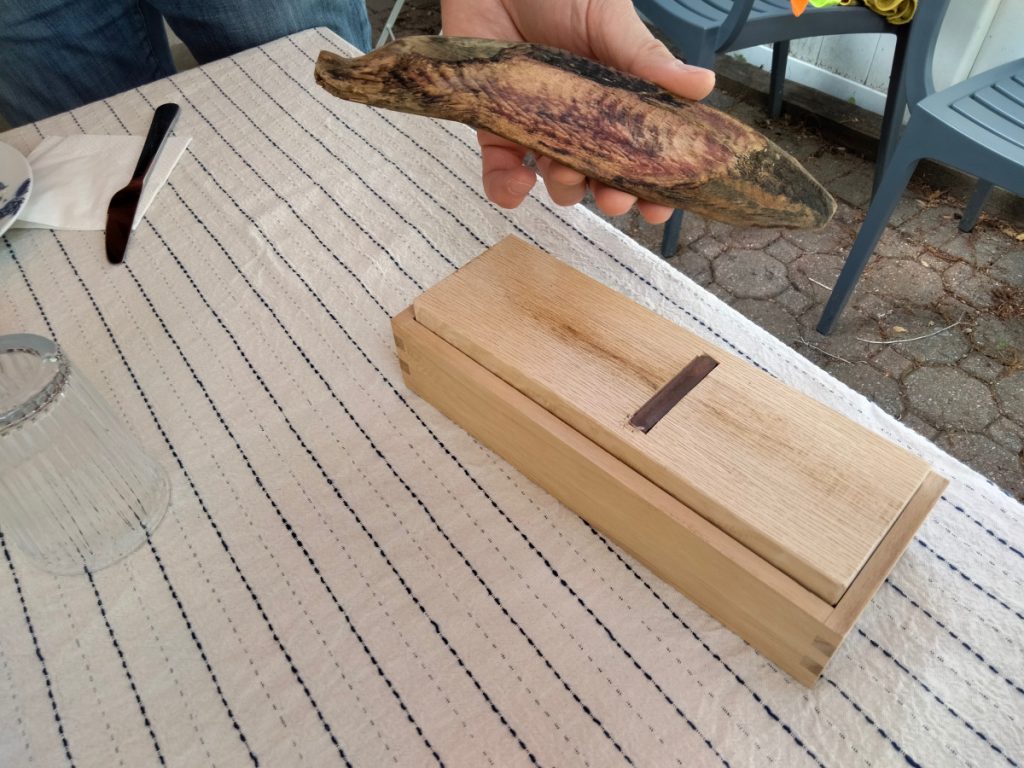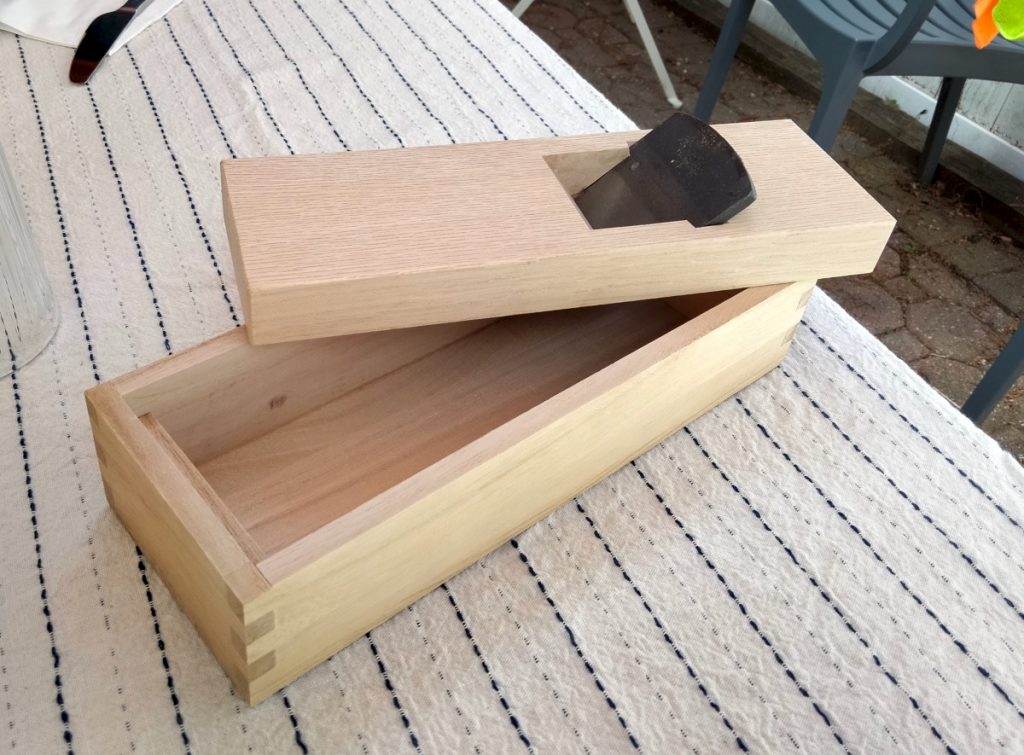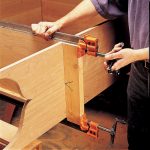We may receive a commission when you use our affiliate links. However, this does not impact our recommendations.
 Many of us have seen videos of Japanese hand planning competitions where the contenders are competing which individual (in some cases its a team) is capable of producing the widest, longest and thinnest plane shaving. Watching these videos is fun and informative and makes you grasp how seriously the Japanese take their woodworking traditions. But I bet you did not know that the wooden plane is a guest of honor in the Japanese culinary culture too.
Many of us have seen videos of Japanese hand planning competitions where the contenders are competing which individual (in some cases its a team) is capable of producing the widest, longest and thinnest plane shaving. Watching these videos is fun and informative and makes you grasp how seriously the Japanese take their woodworking traditions. But I bet you did not know that the wooden plane is a guest of honor in the Japanese culinary culture too.
My ongoing fascination with Japanese craft culture was recently reignited after I discovered a jaw draping tool on the patio table of our friends Kenji and Nao. While relaxing and having some drinks outside while our kids played in the woods, Nao asked me if I mind having some tiny bits of Bonito fish flakes (in Japanese Jikabiyaki Honkatsu) in the rice paddies that she prepared. She knew that I’m a vegitarian and wanted to be sure I’d tolerate the fish flavoring. That led us to an interesting discussion about sustainable fishing techniques and the eyeopening Netflix documentary about the subject and to our agreement that line fishing is the way to go. But I digress so let’s get back to woodworking.
Out of curiosity, I said that I would like to see this mysterious flavoring fish. Nao brought a bag and inside it laid something that looked like an elongated stone or a piece of hard driftwood. She explained that this is part of a fish that has been dried, and now is as hard as a rock. The fish, she said, is shaved into small flat flakes which then are used for making broth or for flavoring cooked food. Then came the really interesting part when Kenji brought out a wooden box, that split open into two units: a container for the shaving and a beautiful oak plane.

Kenji turned the plane blade facing up, placed it in the container, and began shaving the fish. A few narrow flakes came first followed by wider and wider ones. After enough flakes gathered in the container Nao collected them and mixed them into the rice. Astonished by this unexpected intersection between two craft that uses the same tool I decided to give the rice paddies a try- and I have to tell you that the combination of rice and Bonito shavings tastes amazing.
Click this link to watch a tutorial on who to tune and use the Japanese fish-shaving plane.
Bonito fish plane with a state of the art flacks collecting box
Here is a huge variety of fish-planes
Here are some supplies and tools we find essential in our everyday work around the shop. We may receive a commission from sales referred by our links; however, we have carefully selected these products for their usefulness and quality.









